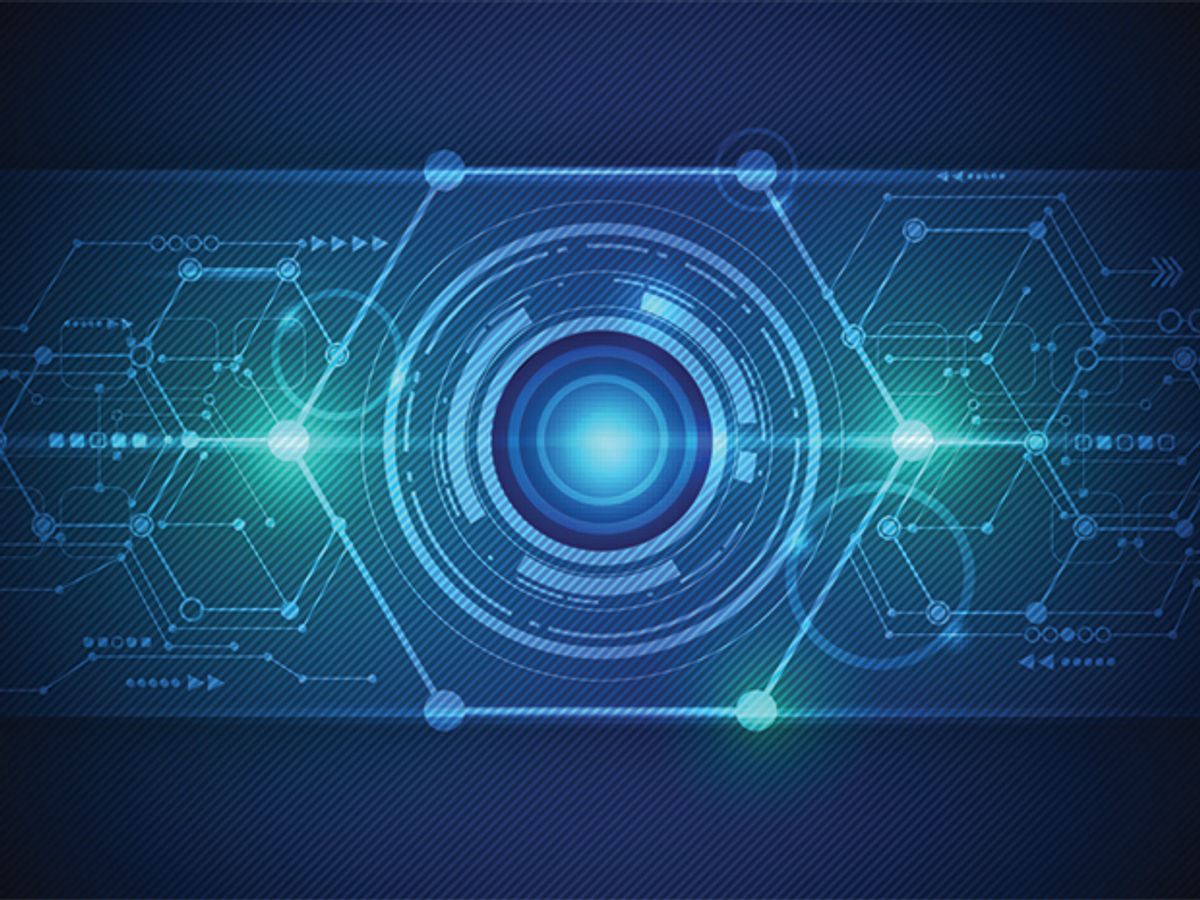The ability to create powerful images is in the hands of everybody on the planet. That was the word from Jem Davies, VP of Technology for ARM’s imaging and vision group, to an audience of 4500 engineers and executives who work with embedded technologies. They had gathered last week at ARM TechCon in Santa Clara, Calif.
“The technology we have helped create has changed the behavior of the people of the world,” Davies said.
But, he believes, the true revolution—when all the digital devices that surround us can understand what they see—is still to come.
“We can capture and display great images,” Davies says. “The next leap in computing will be in how we interpret images. That will be revolutionary.”
Bringing image understanding into digital devices will solve one of the huge problems engineers have been wrestling with for some time now: the data deluge—that is, how to transmit, store, and analyze all the photos and videos being recorded by people and things. (These days, some 60 hours of video are uploaded to YouTube every minute.)
“Humans can extract information from pictures quite easily,” Davies points out. “It’s not so easy for computers.” But, if devices can interpret images to extract meaning from them automatically, they won’t have to send everything they capture to the cloud, and the data deluge will not be such a concern.
“The ultimate applications are going to be huge,” Davies says. “Pokémon Go was really simple, but imagine that done properly. Consider an AR system with virtual presence around a conference table, or security and surveillance with video analytics. That’s not all Big Brother—it can find spaces in parking lots, detect overcrowding in the Metro, detect people falling on the floor without streaming a video of grandma on the Internet.”
The economics of using cameras as the sensor of choice for digital devices are overwhelming, Davies pointed out, given that some four to five billion digital cameras are already being sold each year as part of mobile phones and other systems.
“Capturing and displaying and interpreting images,” Davies told the developers at ARM TechCon, “will be at the heart of the devices you build, whether they are personal computing devices or intelligent autonomous machines.”
Tekla S. Perry is a former IEEE Spectrum editor. Based in Palo Alto, Calif., she's been covering the people, companies, and technology that make Silicon Valley a special place for more than 40 years. An IEEE member, she holds a bachelor's degree in journalism from Michigan State University.



